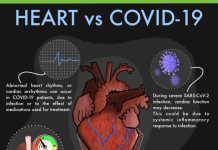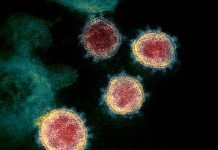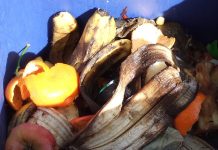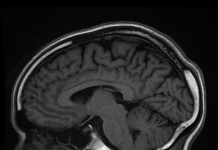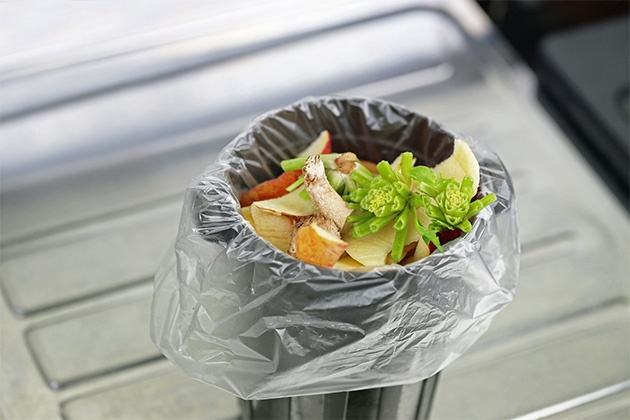Scientists have developed an inexpensive sensor using PEGS technology which can test food freshness and can help reduce wastage due to discarding food prematurely (throwing away of food solely because it is close to (or passed) the use-by date, regardless of its actual freshness). The sensors can be integrated into food packaging or tags.
Almost 30 percent of food which is safe for human consumption is discarded or simply thrown away every year. A major contribution towards this massive food wastage is through the discarding done by the consumer or supermarkets especially in developed countries. Food wastage is becoming a global issue and it has huge implications on economy and environment.
All packaged food sold in stores and supermarkets has a label of ‘use by date’ which indicates the date till when the food is safe and edible to consume. However, experts say that this date which is usually printed by the manufacturer is just an approximation and not an accurate indicator of actual freshness as other factors example the conditions in which the food is stored are also important. Discarding food prematurely on the basis of ‘use by date’ regardless of its actual freshness is contributing to huge amounts of food wastage every year.
Usage of sensors is a promising alternative to the manufacturer’s ‘use by date’ as these sensors can track the condition of perishable packaged foods and convery it to the user in real time. Many types of sensor technologies have been designed; however, they have not yet been integrated into mainstream food packaging due to several reasons like commercial unviability, high-costs, complex fabrication process and difficulty of use. Also, these technologies have been incompatibile with digital platforms so the data cannot be comprehended easily by the user.
A new study published on May 8 in ACS Sensors describes a sensitive, eco-friendly, low-cost and flexible prototype of PEGS (paper-based electrical gas sensor) which can detect spoilage gases like ammonia and trimethylamine which can dissolve in water. The sensor has been formulated by printing carbon electrodes onto easily available cellulose paper using a simple ballpoint pen and an automated cutter plotter. The cellulose paper, though looks dry, consists of highly hygroscopic cellulose fibers containing moisture which gets adsorbed to their surface from external environment. Thus, wet chemical methods can be used for sensing water-soluble gases due to this hygroscopic property and without addition of water to the substrate. The conductance of the paper can be measured by using two carbon (graphite) electrodes which are printed onto the surface of paper. Thus, thin film of water’s electrical properties can be easily probed via conductance. When any water-soluble gas is present in direct surrounding, this leads to increase in ionic conductance of the paper mainly due to disassociation of water-soluble gas(s) in the thin film of water on the surface of the paper.
Researchers tested the PEGS technology on packaged foods (meat products – particularly fish and chicken) in the laboratory to quantitively monitor freshness. Results showed that PEGS sensor exhibited high sensitivity to water-soluble gases as it was able to swiftly and accurately detect trace amounts of spoilage gases in comparison to existing sensors. The gases tested were carbon monoxide, carbon dioxide, sulphur dioxide, trimethylamine and ammonia with highest sensitivity to ammonia due it being highly soluble in water. PEGS showed enhanced performance, better response time and higher sensitivity. Also, no additional heating or complex manufacturing was required. These results were validated using established microbiological testing that uses bacterial cultures. Therefore, PEGS is suitable as an indicator of variation in food freshness due to microbial contamination in packaged meat. Further, the sensor’s design has been combined with a series of microchips called NFC (near field communication) tags to enable to take readings on mobile devices nearby wirelessly.
The unique sensor described in the current study is the first ever commercially-viable, non-toxic, eco-friendly sensor which can be used to test freshness of food items by tapping their sensitivity to gases involved in food decay. Importantly, it is inexpensive, at just a fraction of the cost of existing sensors. PEGS works well at room temperature and even at 100 percent humid conditions while consuming very little energy. According to the authors PEGS could be available to be integrated into commercial food packaging by manufactures and supermarkets in the next 3 years. Their use could also be extended to other chemical and medical, farming and environmental applications.
***
{You may read the original research paper by clicking the DOI link given below in the list of cited source(s)}
Source(s)
Barandun G et al. 2019. Cellulose fibers enable near zero-cost electrical sensing of water-soluble gases. ACS Sensors. https://doi.org/10.1021/acssensors.9b00555






